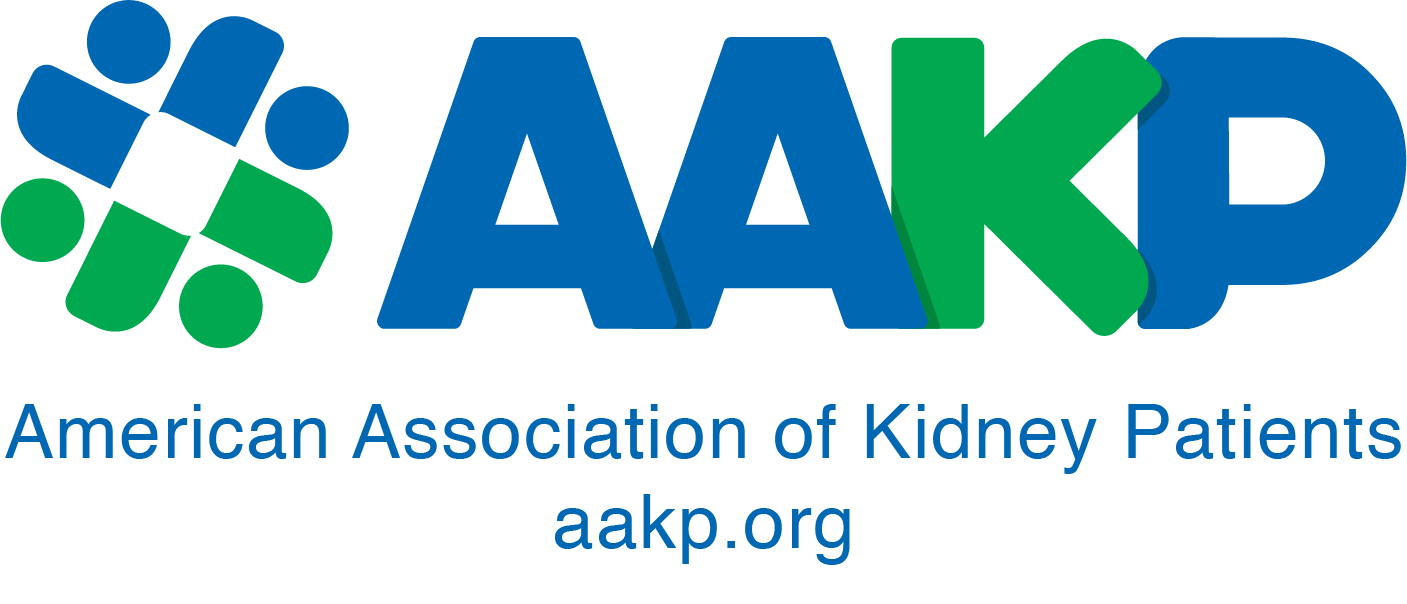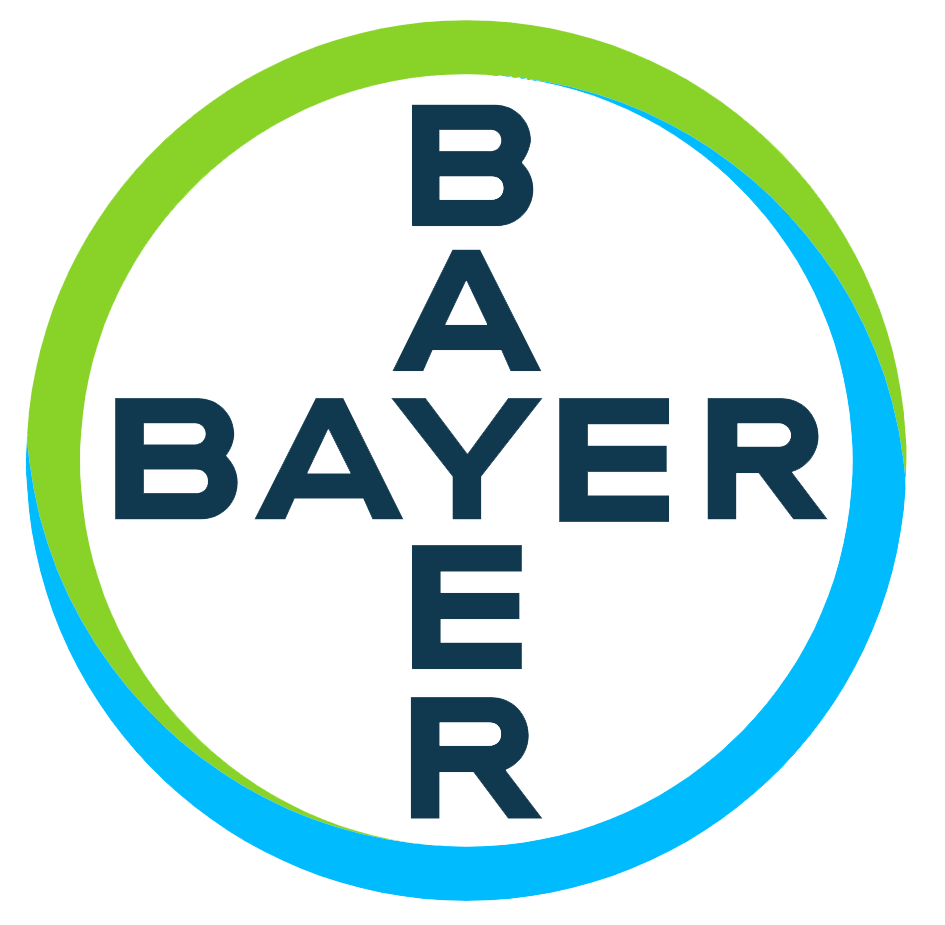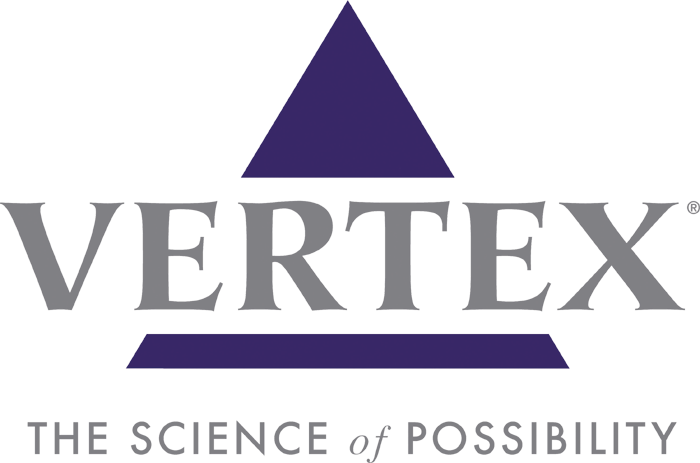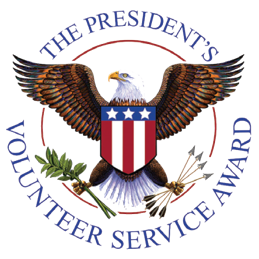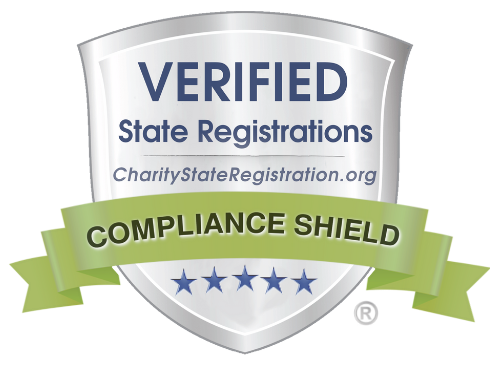In December of 1982, while on a three month long cross-country motorcycle trip with his young wife, Ann Goethals, Richard started having horrible headaches, nausea, and was throwing up. He had been feeling fine up to that point, but he suddenly got sick, and it was not going away. The pair had stopped in Tucson, Arizona, to check out the city and see if it was somewhere they would want to consider living in the future. After a few days of Richard’s excruciating symptoms, he went to the emergency room. His blood pressure was extremely high at 220 over 140, and he was told that his kidneys were failing. It was a big shock to the couple. Richard was just 22 years old and had been in good health up to this point in his life. His diagnosis was Idiopathic Glomerulonephritis.
A year later, Richard’s kidney function had declined even further, and it was time for him to begin in-center hemodialysis. He was on dialysis for one year until he received his first kidney transplant from a deceased donor in December of 1984. After the transplant, he felt great and was able to start working and eventually became a professor. He and his wife went on to have two children. However, after 10 years his first transplant failed, and he started in-center dialysis again.
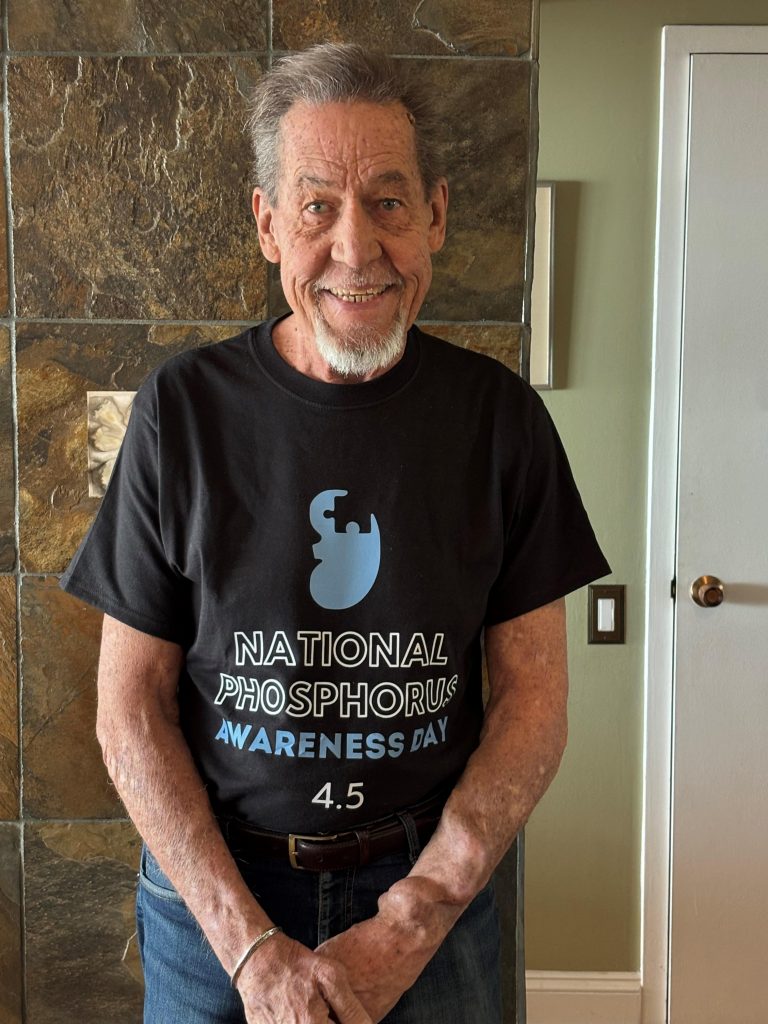
He was not on dialysis long when his sister graciously became a living donor, and Richard received his second kidney transplant in July of 1995. This transplant lasted until 2019 when it had to be removed due to a cancerous tumor.
Richard has been on dialysis since the summer of 2019. Because of his multiple transplants, his body has developed a high level of antibodies, making it difficult for him to receive a third transplant as it would need to be a perfect match. In addition, he has skin cancer issues from nearly 40 years of taking immunosuppressants, which also makes it difficult for him to qualify for another transplant.
This time on dialysis, Richard chose home hemodialysis. He learned about AAKP while looking for fellow patients to connect with who were going through similar circumstances to him and decided to join AAKP’s Ambassador program. Currently, Richard is doing in-center dialysis, three days a week. He explains that he switched to in-center a few years ago to take the stress off of himself of having to manage his dialysis at home (storing boxes, set-up, break-down, clean up, etc.)
National Phosphorus
Awareness Day – April 5
Richard says that he became very aware of his need to control his phosphorus levels and follow a kidney-friendly diet right away after being diagnosed with kidney disease. He has struggled to keep his phosphorus at the right level for many years. He and his wife, Ann, have both modified their diets and eliminated all dairy and all processed or prepared foods (like hot dogs, canned chili, etc.) Even though Ann does not have kidney issues, Richard says, “She is onboard with eating as healthy as possible; the two of us are able to share the same diet that is good for my kidney health and her overall health as well.”
Even with a careful diet and regular dialysis, Richard still found it difficult to control his phosphorus completely. He started taking phosphorus binders a few years ago. More recently, he also takes a recently approved medication called XPHOZAH and says that this combination of binders and medication keeps him in check. He encourages fellow patients to talk to their doctors about new treatments like XPHOZAH that are now available to see what’s right for them.
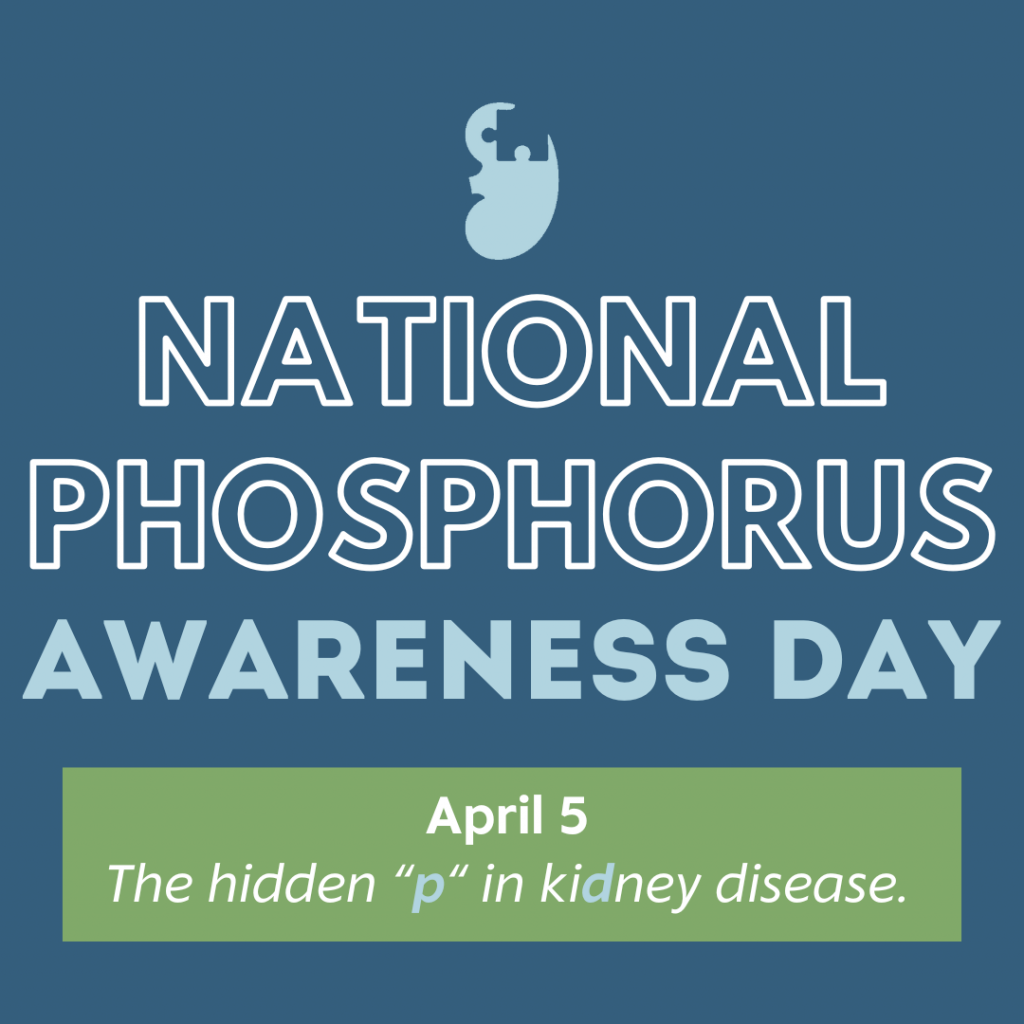
AAKP is leading the national effort to mark April 5 (4.5) as National Phosphorus Awareness Day!
To learn more, visit: TheHiddenPinKidneyDisease.org
This article was originally published in March/April 2025 aakRENALIFE magazine.
